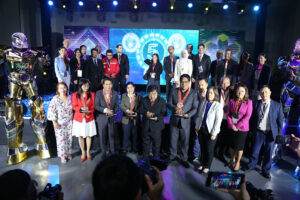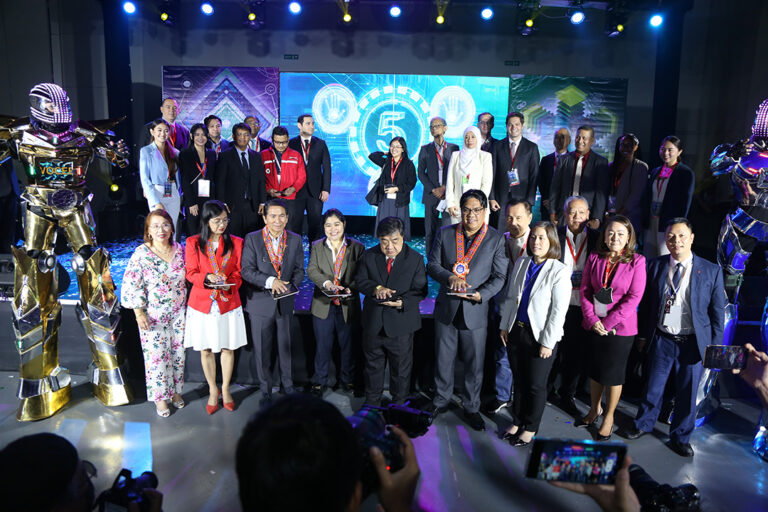By: Samuel Pimping
“Oh no, captain, the invaders are coming. Man the ships!” 11-year-old Kelsey declared while happily doodling with her colored pens. She spoke in a clear voice—full of cheer in her own little world. I did not think of it differently until her mother shared her story.
Kelsey was diagnosed late last year with high-functioning autism, or more specifically, autism spectrum disorder (ASD) level one.
Society is likely to misunderstand someone with mild autism. Kelsey’s habits—being talkative, imitating dialogue from cartoons, and frolicking—are usually dismissed as a child’s demeanor. These are commonly perceived as oddities rather than being recognized as the result of neurological differences.
She was bullied because of her submissive behavior. In one instance, her pencils were missing when she went home from school. Her mom found out that a student had been taking them because Kelsey was letting her do so. Her mechanical compliance was mistaken for naivety, and she did not complain about it because she failed to realize it was wrong.
Children typically utter their first word around one year old and begin speaking short sentences at two years old. However, Kelsey only started talking at four years old. Everything she uttered before then was pure gibberish.
She takes things literally and has difficulty discerning humor. One time, her dad joked about taking a trip, “Tara, magbihis na kayo!” Although he obviously meant it sarcastically, she got fully dressed to go outside.
She is sensitive to specific textures and tends to rub or scratch her skin, resulting in marks and grazes on her arms. When overwhelmed by strong emotions, her mother found that music soothes her.
Rigid routines or ritualistic tendencies were also one of her quirks. 3:00 PM is always bathtime, and any deviation from the usual will seem particularly fourstrange to her. She is also disorganized and has had trouble following simple instructions that lack details.
Nevertheless, Kelsey is a fast learner and excels academically as a consistent honor student in a regular school. She is highly fluent and can communicate clearly in English.
Drawing is her favorite hobby, and she is quite talented at it. She pays high attention to detail and tends to fixate on specific features—even critiquing the unfortunate looks of a ghost on a Netflix animation once.
Autism is a broad spectrum. Every case is different, and symptoms can range from mild inhibitions to lifetime challenges that interfere with daily activities.
Elijah has ASD level three. At 24 years old, he is non-verbal and lacks cognition. He cannot express himself properly and resorts to grabbing, groaning, and pinching when he needs to be understood.
His older sister is a special education (SPED) practitioner and personally cares for him along with their parents. She conducts one-on-one sessions at therapy centers on a daily basis and currently handles 20 cases. Her arms had a few visible bruises from Elijah’s grip.
For her, acceptance is key for any family taking care of someone with ASD. Regardless of how society can be harsh and disappointing at times, those with ASD will always look to their loved ones as their primary support system.
Boys are more than three times more likely to have autism than girls. However, ASD in females is more often detected late or even missed completely because of distinct symptoms, diagnostic bias, and masking.
Due to social standards, females are more able to successfully mask their symptoms by consciously learning how to simulate behavior that is deemed socially acceptable.
While neurotypical individuals can intuitively detect a person’s emotion and converse in freeflow, those with ASD rely on mirroring behavior, memorizing phrases, and copying common gestures such as eye contact. This can be exhausting as it requires a lot of effort.
For her post-diagnosis treatment, Kelsey regularly sees a neurodevelopmental pediatrician, which costs around ₱6,000 to ₱10,000 per session every six months or so. She also routinely undertakes occupational therapy and speech therapy sessions.
About one in 100 children worldwide has autism. Yet, government support and public health care services specifically for ASD are outdated and lacking.
Many Filipinos who suffer from ASD are left undiagnosed and hence do not get the proper support due to financial constraints. In a study of the economic impact of autism, the average estimated cost of post-diagnosis treatment was around ₱3,200 per month or about 21% of monthly expenses for low-income households.
The reality of special education in the Philippines can be disheartening. 0% of the country’s 2023 National Expenditure Program was assigned to SPED, making the government’s SPED program senseless. Furthermore, 84% of municipalities do not have SPED centers, and any existing classrooms were not properly maintained.
The ideal SPED student-teacher ratio is 15 students for every teacher. However, with the lack of teachers, the actual ratio came out to be more than double—31 students per teacher, resulting in the impairment of quality education.
Despite this, community support is prevalent. The Autism Society Philippines is the largest national non-profit that aims to empower and support those with ASD and their families. Together with parents and guardians, they envision a clear goal for those under their care: independence and social acceptance.
To let your loved one eventually live a fulfilling life in society by themselves—this is the wish of any parent or family member. As for those with greater needs, lifelong care and support in ensuring a decent future becomes the goal.
Kelsey’s mom and Elijah’s sister may handle very different instances of ASD, but they both stay optimistic about the future regardless of the difficulties. They are good friends, and indeed, they remain strong as those with ASD draw their own strength from people like them.
When Kelsey first found out about her condition from her parents, she got a bit agitated. But after explaining and giving her a moment, her mother asked her how she felt.
To this she responded, “I feel special.”
Neurodivergence describes brains that differ from what is considered typical. The stigma of autism in our country lives on to this day, and the public should understand that it is not a state of brokenness.
It is not a disease, and it is not an illness. Rather, it is a condition that entails a different—or special—way of thinking, seeing, and functioning in the world.
google.com, pub-4264550707369682, DIRECT, f08c47fec0942fa0








